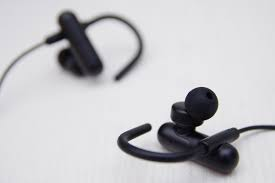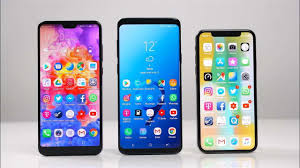Interpret the development trend of consumer electronics
The Nielsen survey shows that 44% of consumers worldwide say that their grocery spending has increased in the past five years. This is the uniformity and commonality presented on a global scale. In addition to groceries, the categories that consumers spent the most in the past five years are technology and communications (38%), education (34%), travel (33%), and healthcare (32%). Rising spending on technology and communications is a common phenomenon worldwide, while spending on education, tourism, and medical care is regional. The categories that consumers are willing to pay high prices include consumer electronics (42%), clothing/shoes (40%), cosmetics (31%), dairy products (30%), and meat/seafood (29%). With the development of society and the gradual maturity of technology, consumer electronic products have gradually changed from high-end consumer goods to daily necessities. They have penetrated the daily lives of ordinary consumers. The design of consumer electronic products should be more in line with users' needs, that is, the user experience design trend of the product, and bring greater benefits to the society, that is, combined with the trend of green design to protect the environment and save resources. In China's consumer electronics market, offline channels are the main channel for consumption upgrades. Taking traditional home appliances as an example, according to GfK monitoring data, the offline market accounts for 70% of retail sales this year. High-end consumers pay great attention to product experience and design. Therefore, the offline market has an inherent advantage over the online market in constructing experience scenarios. Consumption is no longer just the demand for goods but the dissatisfaction with the experience.
People gradually pay attention to talking about the situation, moving, surprise, realizing self-worth, and the stories and experiences that touch people's hearts. In response to this change, industrial designers pay more and more attention to the user's emotional tendency when designing products and give it to the product's shape, material, and color, so that a product not only has the same level of functional specifications but also has a good The shape, interface, and user experience complement each other to enhance the value of the product. After the industrial revolution, industrial design has created a modern lifestyle and living environment for humanity, but it has also accelerated resources and energy consumption. Due to the global ecological imbalance, the problem of human survival has attracted worldwide attention, and people have begun to realize the importance of the relationship between development and protection of the environment and the relationship between design and protection of the environment. Green design means that in the product's design and the whole process of its life cycle, it is necessary to consider the impact on resources and the environment fully. While fully considering the function, quality, development cycle, and product cost, it is necessary to optimize various related factors. Minimize the overall negative impact of the product and its manufacturing process on the environment, and make the product indicators meet the requirements of green environmental protection. Environmentally friendly green design is an important trend in future development, and the design of electronic products should be aware of energy-saving and environmental protection. Industrial design is the crystallization of advanced human technology and excellent culture. Advanced technology must be combined with excellent design to serve humanity better. Finally, industrial design plays a key role in promoting consumer electronic products. The design trend of consumer electronic products is worthy of our serious study.




Comments
Post a Comment